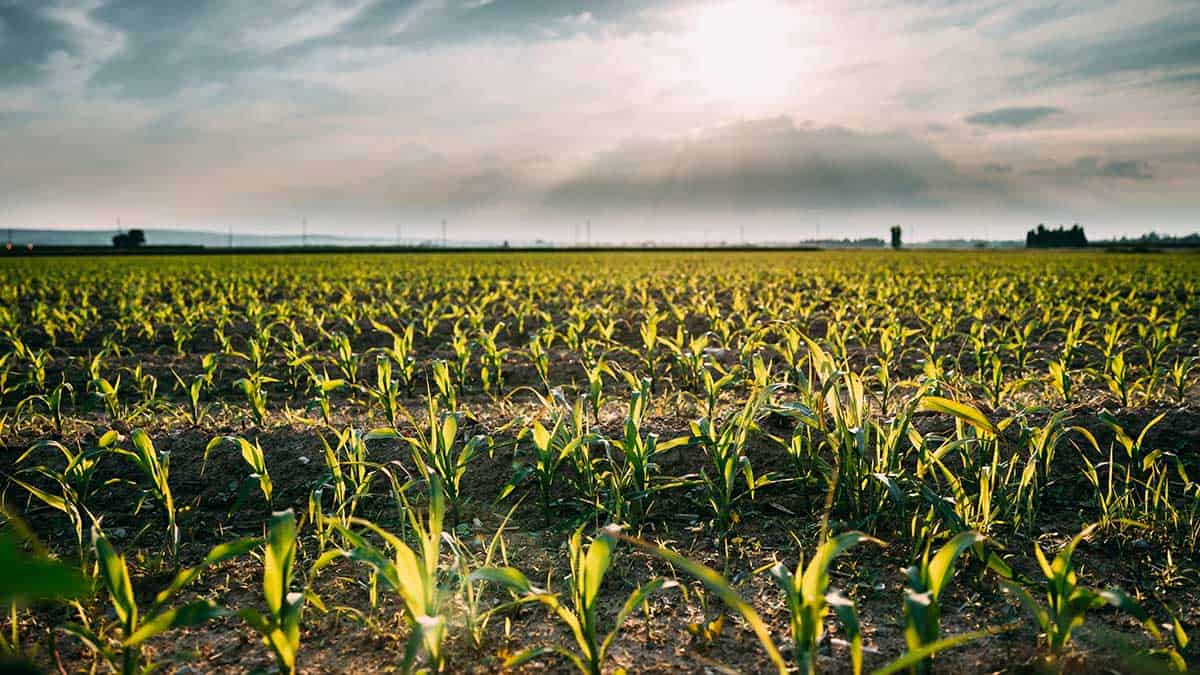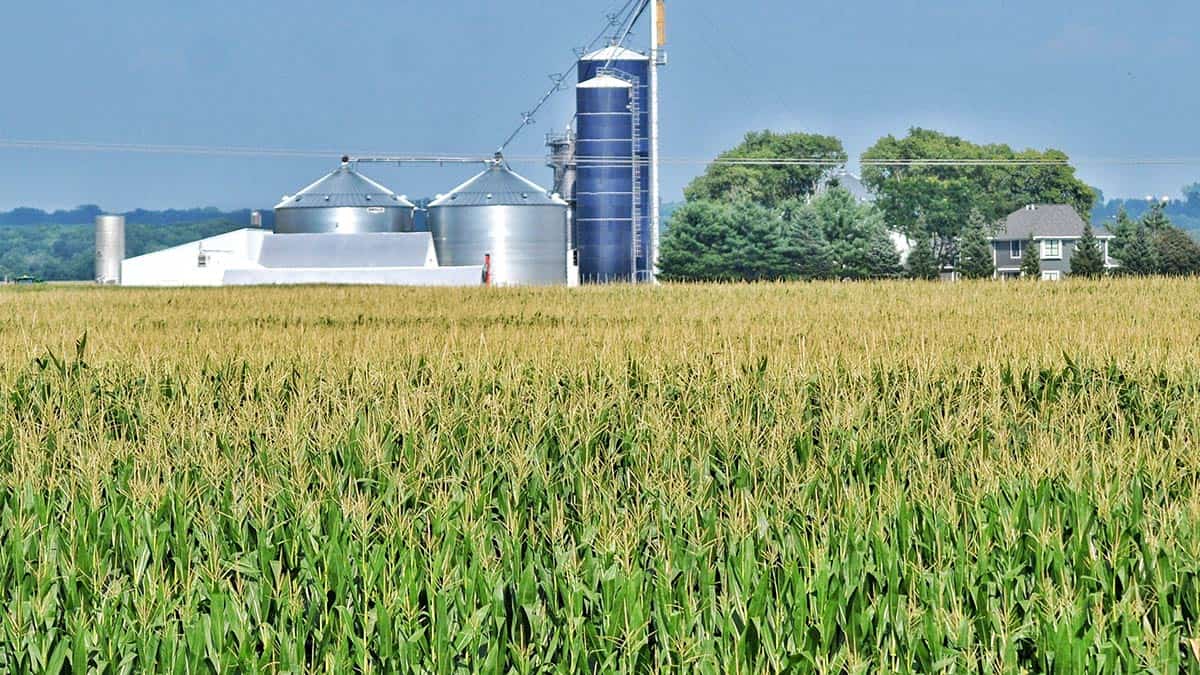Farm Cash-Out Refinance or Farm Equity Line of Credit
americanfarmfi on May 12, 2022
Introduction
As farmland values and inputs rise, sometimes it is necessary to find additional money to fund your farm operation, expand, or purchase new equipment. There are two ways to leverage your farmland real assets to access additional capital to grow your business.

Farm Cash-Out Refinance
It is very common to use a farm loan from a bank to purchase farmland. This type of loan is a mortgage. As you make your payments on your farm, you are lowering the principal and interest on the loan amount. So, as you pay down your mortgage, you are increasing the amount of value that you hold in the farm compared to the amount the bank holds in the form of the mortgage. This is called equity.
If you take good care of your farmland and complete capital improvements as necessary, it is very common for your farmland to increase in value. Real estate value also tends to gain in value over time due to the scarcity of this type of asset relative to the market.
While the value of your farm land increases, you also will experience an increase in the equity of your farm.
A way to access this equity in your farm is to replace your current mortgage with a new one, unlocking the additional value (equity) in your farm. This strategy of getting a new mortgage to access that equity is called cash-out refinancing. Here is an example:
You buy your farm for $500,000 with a mortgage. To keep it simple, let’s assume in 5 years you have paid down $100,000 of your mortgage and your farm value has remained at $500,000. So, you owe your lender $400,000 but you have $100,000 worth of equity built up in your farm. Hypothetically, you could refinance your farm mortgage and now have access to that $100,000 in cash, but now have a new $500,000 mortgage for a new term and interest rate.
You can now use that $100,000 to make capital improvements (install drain tile, buy a new pivot irrigation system, build a grain bin, etc.) or buy a new implement for your farm operation.
Farm Equity Line of Credit (LOC)
Similar to a cash-out refinance is accessing capital in your farm by leveraging the equity with an equity line of credit. Like the example above, you have a farm mortgage at $500,000 and have paid $100,000 in five years. You still owe the lender $400,000 on your mortgage but now have $100,000 in equity in your farm. Instead of refinancing, you work with your lender to open a line of credit that allows you to borrow up to the $100,000 of equity in your farm.
An equity line of credit is useful for those that do not want to get rid of their current mortgage term or rates, but want to have access to the capital in their farm to make improvements to their farm. The line of credit will typically have more flexible repayment structures but the interest rates may fluctuate with the shifts in the market, whereas a mortgage is more likely to have a fixed interest rate for the life of the loan.
Farm Refinance or Equity Line of Credit
If you want to simplify your repayment structure while accessing the equity in your farm, most folks would lean toward a farm refinance to replace their old mortgage with a new rate and payment plan.
Some things to consider when refinancing your farm:
- A borrower will be subject to new closing costs and potentially private mortgage insurance.
- There are also potentially tax implications related to deductions and credits on your first mortgage compared to the new refinanced second mortgage.
On the bright side, the cash received from refinancing or the equity leveraged in a line of credit are not considered income and are therefore not taxable (currently, the IRS does not tax debt).
Disclaimer: It is always in your best interest to consult a CPA or tax advisor when optimizing your tax liability.
Final Points to Harvest
If you are unsure which strategy is best for you to access your farm’s capital, check out our website at http://americanfarmfinancing.com/.
Ready to refinance? Apply Now.







